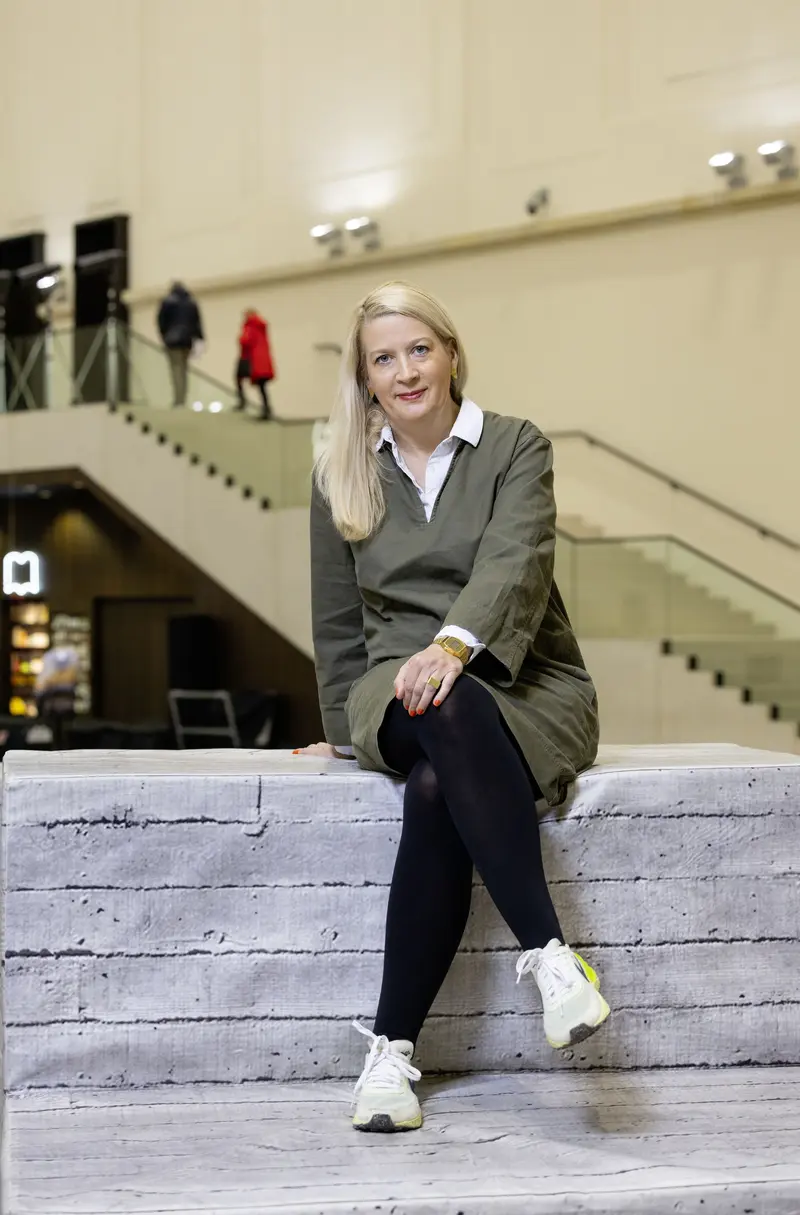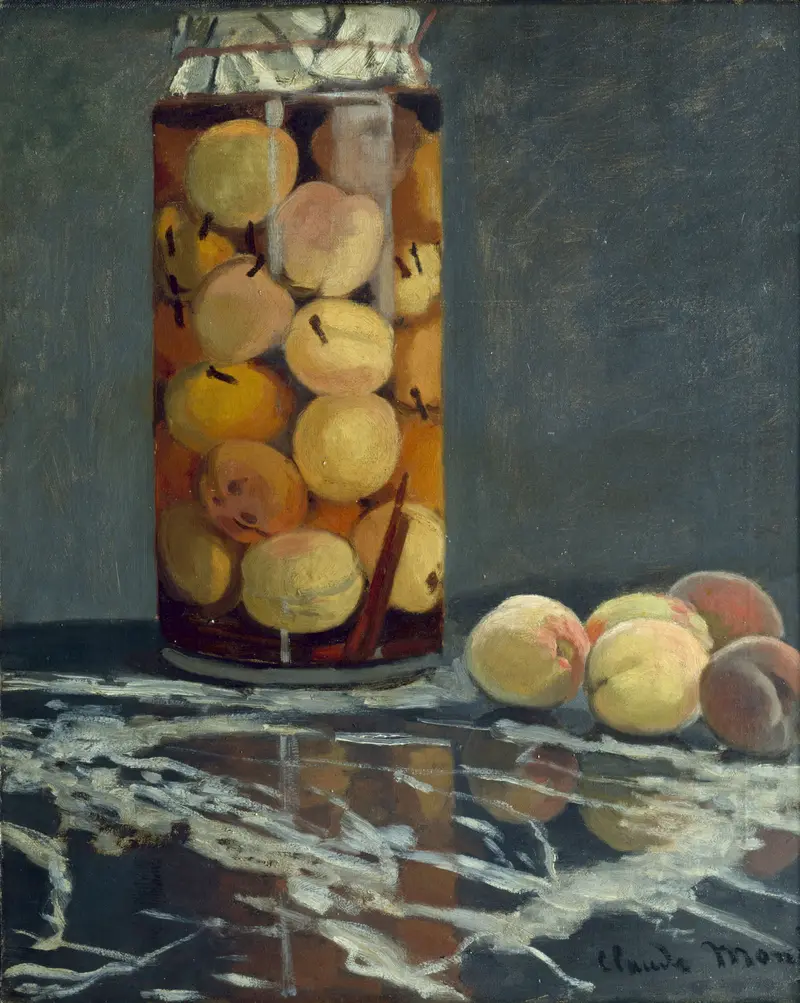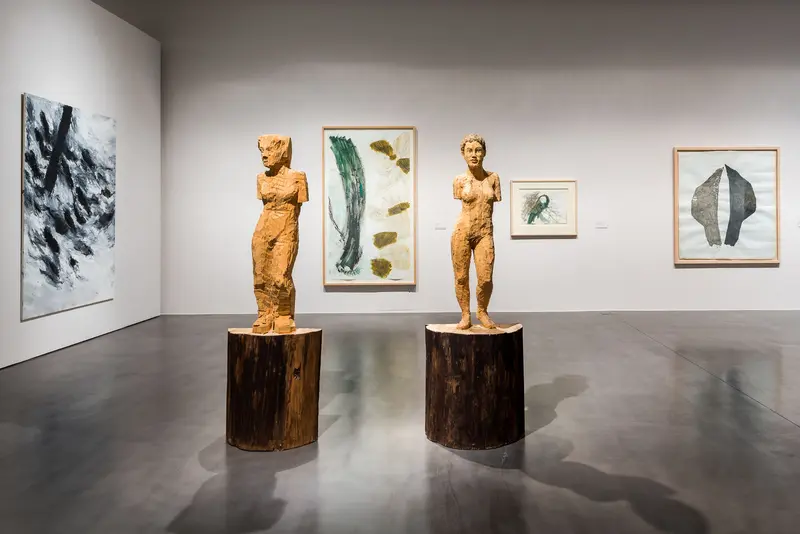Quote
The 21st-century visitor encounters a broad intellectual universe in which the various stylistic periods are presented in unusual proximity, so that they are experienced in a new and different way.
The 21st-century visitor encounters a broad intellectual universe in which the various stylistic periods are presented in unusual proximity, so that they are experienced in a new and different way.

Founded in 1959, the Galerie Neue Meister is the youngest museum of the Staatliche Kunstsammlungen Dresden. Its collection initially came from the Gemäldegalerie Alte Meister for which contemporary art was increasingly acquired after 1843. By 1831, museum operation had been reformed and the Dresden collections were no longer privately owned by the Saxon royalty; instead they were now financed and administered by the State of Saxony.
This had an effect on the collection: As cultivated, educated citizens became the regular visitors to the gallery, the holdings in painting were expanded according to new selection criteria. As early as 1912, a new museum building was planned for the modern paintings in the gallery. A roofed passageway was to provide access from the Old Masters to the new, but the First World War prevented the project’s realization. In 1931, works created after 1800 were presented on the Brühlsche Terrasse; however, this “Neue Staatliche Gemäldegalerie” had to close again in 1938.
During Nazism, the collection lost 56 paintings to the “degenerate art” campaign, including works by Max Beckmann, Ernst Ludwig Kirchner, Emil Nolde and Edvard Munch. When Dresden was bombed in 1945, another 196 works were lost. Only in 1965 did the Galerie Neue Meister find its permanent home in the Albertinum, where the museum became one of the most important official art museums in East Germany. In 2002, when the Elbe River rose, the artworks of the Galerie Neue Meister and the Skulpturensammlung in the Albertinum were saved from the floodwaters. In the subsequent building conversion, a flood-safe depot for the museum’s works was constructed, one that was no longer located below ground level but was instead suspended high above the heads of visitors.

Since its reopening in 2010, visitors have been able to enjoy an exciting proximity of works from Romanticism and the present in a space measuring 5650 square metres. The gallery is home to one of the largest collections of paintings from the early nineteenth century to the present in Germany. A good 300 of a total of 3000 works in the collection are on public display. Especially for its works of German Romanticism and Realism, Dresden is one of the most important art locations in the world. The gallery was renamed the Galerie Neue Meister in 2000 to signal its openness to diverse forms of artistic expression, as embraced by an extended conception of art – for example sound installations, video art and performance.
Since the 1950s Günther and Annemarie Gercken have been collecting contemporary prints, paintings and sculptures. In April 2016 they gave a large part of their collection to a foundation that is based at the Staatliche Kunstsammlungen Dresden.

Please note that we do not assume any liability for unsolicited documents and catalogs and must refrain from returns for cost reasons. We thank you for your understanding.